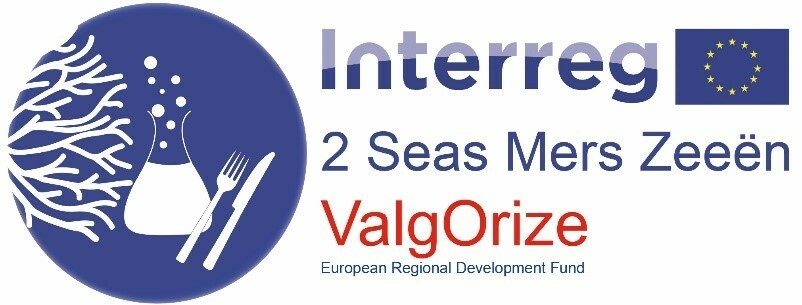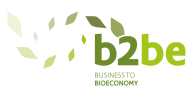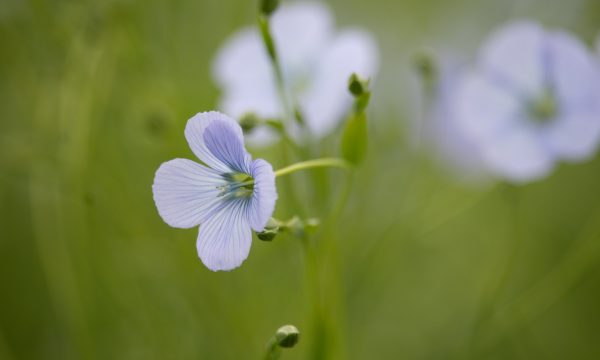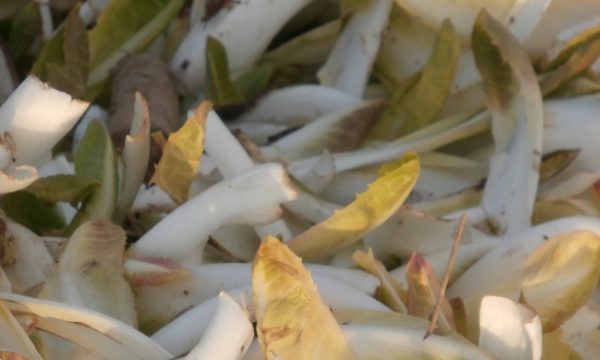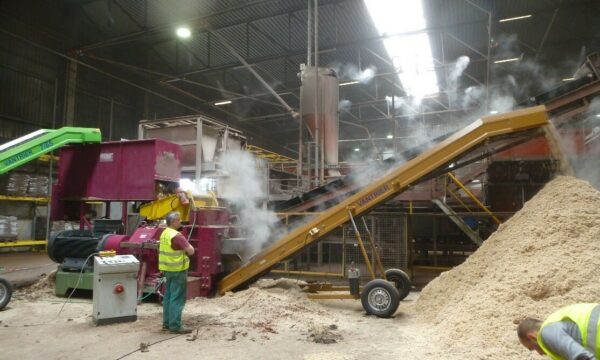Press release ILVO conducts first feeding trials with algae in broilers and laying hens
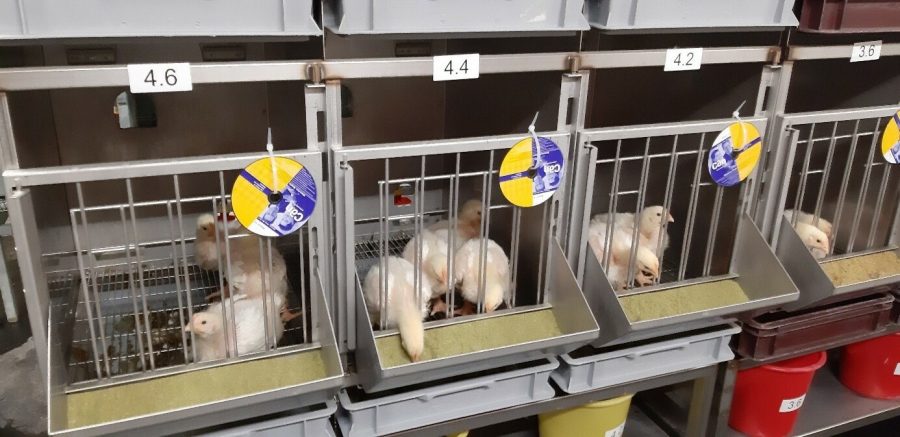
Do chickens, and their meat or eggs, benefit from the addition of algae to feed? Although the focus of the ValgOrize project is on sustainably and qualitatively produced, tasty algae for human consumption, researchers at Flanders Research Institute for Agriculture, Fisheries and Food (ILVO) are also looking at how the residual streams from this production can be valorized in chicken feed as part of a zero waste approach.
Nutritional benefits of algae
The application seems promising; not only do many algae species possess high protein content, they can also be beneficial to the fatty acid and amino acid composition of eggs, and even influence the color of the yolk.
Johan De Boever, feed evaluation expert at ILVO: "But the amino acid and fatty acid composition, the digestibility of the feed and the taste of the final product, among other things, are all things we definitely need to study before we introduce this as standard practice. We will do that with the residual streams from the ValgOrize feed-related studies."
Among other things, the amino acid and fatty acid composition, the digestibility of the feed, and the taste of the final product are all things that we should definitely study before we adopt this as standard practice
Residual flows from European algae production
The ValgOrize project was created to promote algae as food for humans in Europe. Within the project, several studies take place that focusing on taste, sustainability, market research and cultivation. But these studies also produce residual streams. These consist of the product left over after extraction of nutrients from microalgae, or what is lost during the centrifugation of macroalgae (seaweed) to dry them. These remaining algae still contain valuable nutrients and have interesting amino and fatty acid compositions for animal production. Therefore, the ValgOrize project has included the valorization of these residual streams as part of its research.
Johan De Boever (ILVO): "It is important to investigate how the addition of this residual product could affect chickens (and other animals) and their production. When algae cultivation becomes more mainstream in Europe, which is the goal of this project, we need to know if this can and should become a valuable solution for the residual streams, and more importantly, how this valorization can best be achieved."
Feed trials
The ILVO feeding trials will continue throughout the project. So far, 3 types of algae have been tested in 3 different trials, in both laying hens and broiler chickens, but concrete results will only be published after all analyses have been completed. The main question of the research is how to efficiently add algae residues to animal feed in a way that is beneficial for the animals, their final products and the farmer's wallet. The answer to that question will largely depend on the composition of the different types of algae and, based on that, the final composition of the feed itself (some studies recommend a maximum proportion of 10% algae in the feed - ILVO is now doing research on those optimal ratios). Making the addition of algae to feed "beneficial" will mainly mean ensuring that the feed is digestible for the animals and has a positive effect on the amino acid and fatty acid ratios of the final products and on the color of the egg yolks, and either a non-noticeable or positive effect on the taste and aroma of the eggs and meat.
The researchers are convinced of the potential of the algae feed. Johan Robbens (ILVO), coordinator of the ValgOrize project, points out that "if you look at the composition of certain species of microalgae, compared to other, more conventional European food and feed sources (Table 1 below), you can see that the protein, carbohydrate and fat content of the algae is just as good or even better, which makes the algae solid candidates as alternative protein sources." In addition, previous research has shown that algae may also have antibacterial, antiviral and/or antioxidant effects. Some algae are also rich in omega 3 fatty acids and may contain vitamins and/or pigments such as chlorophyll and carotenoids, which may help improve the color of the egg yolks.
Source | Crude protein | Carbohydrates | Fats |
Soybean | 37 | 30 | 20 |
Maize | 10 | 85 | 4 |
Wheat | 14 | 84 | 2 |
Anabaena cylindrica | 43-56 | 25-30 | 4-7 |
Arthrospira maxima | 60-71 | 13-16 | 6-7 |
Chlorella vulgaris | 51-58 | 12-16 | 14-22 |
Spirogyra sp. | 6-20 | 33-64 | 11-21 |
Synechococcus sp. | 73 | 15 | 11 |
One waste stream is not like another
What has already become clear in the ongoing feed trials is that the residues cannot be added to chicken feed without further processing. The salt and mineral content must be brought down to less than 10% in these algal residues, which can be done by washing them with fresh water and drying. "Feeding the chickens untreated algae could disrupt their digestive process," says Marta Lourenço, poultry researcher at ILVO, "which would result in decreased efficiency of protein and energy utilization." Further research should reveal whether other processing techniques are needed.
Other animal species
The focus of the feeding trials within the ValgOrize project is on poultry, due to the small amounts of available product and the fact that chickens respond quickly to changes in feed composition. Previous studies have also shown potential for pigs and dairy cattle. However, those results were not always unequivocal. In pigs, for example, algae were used as alternative protein sources, but results in terms of pig growth and bear fertility varied. In some studies in dairy cattle, an increase in milk production and altered amino acid composition were observed. These results are promising but require further research.
European algae production for food is almost nonexistent
Currently, algae cultivation in Europe is in its infancy. Of the more than 30 million tons of algae produced globally, Europe contributes only 1%. In addition, only 9% of those algae are used for food applications, in contrast to the 90% worldwide. Another problem in European algae production is that it consists almost exclusively of wild harvest, and not the sustainable alternative of renewable cultivation. Wild harvesting causes overexploitation of natural stocks, and can also be a very harmful practice for the surrounding nature, while the direct impact of algae cultivation on most local ecosystems is much smaller. A transition to this sustainable way of algae production is one of the goals of the ValgOrize project, together with the promotion of algae for food. This Interreg project brings together 11 partners from Belgium, the Netherlands, France and the United Kingdom to achieve these goals.
